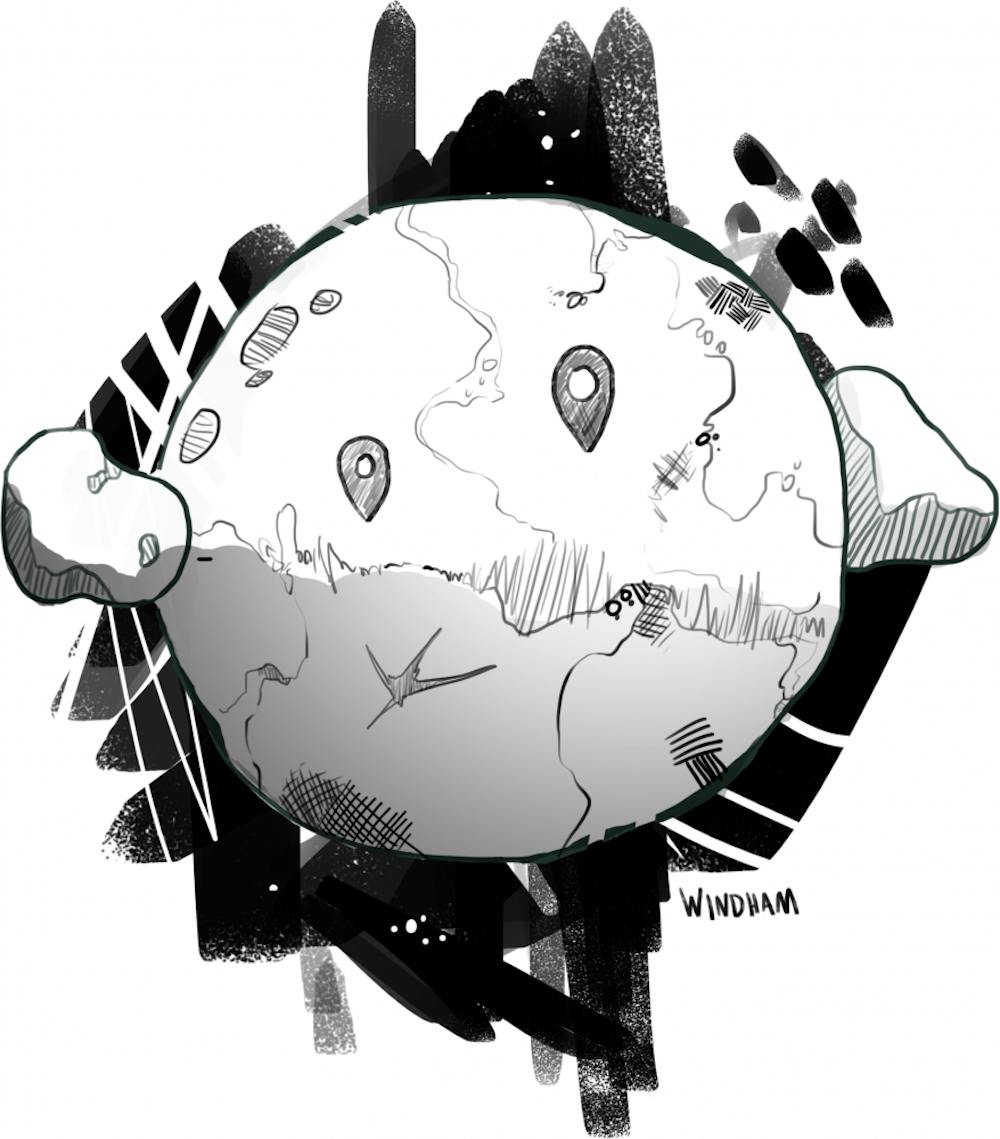In an attempt to establish a landing site for the Mars 2020 rover, several Brown faculty and alums attended NASA’s third landing site workshop in Monrovia, California Feb. 8 to Feb. 10 to propose different sites on Mars.
“It is no coincidence that the majority of the 2020 landing sites have advocates currently at Brown or recently graduated from Brown,” said Jim Head PhD’69, professor of geological sciences who attended the workshop, adding that John Grant PhD’90 is the co-chair of the Mars 2020 Landing Site Steering Committee.
Brown planetary geoscientists have been heavily involved in Mars landing site selections since the early 1970s when the late Professor of Geology Timothy Mutch was the principal investigator on the Viking 1 lander cameras, Head said. Since then, dozens of Brown planetary scientists have contributed to NASA’s site selection processes for its various missions, he added.
The project chose three of eight proposed sites to advance for continued evaluation: Jezero Crater — proposed by Timothy Goudge PhD’15, Northeast Syrtis — proposed by Professor of Earth, Environmental and Planetary Sciences Jack Mustard and Bethany Ehlmann PhD’10 and Colombia Hills, Goudge wrote in an email to The Herald.
In addition to Jezero and NE Syrtis, the group from Brown suggested the Nili Fossae site. These three sites were proposed because of their “diverse suite of geologic units of interest that would provide potential to address fundamental questions for the evolution and geologic history of Mars,” Goudge wrote. The sites have interesting environments for the preservation of potential organic matter of either biologic or abiologic origin, which is a critical question for Mars science, he added.
Among the three sites that were chosen, one was similar to a lake deposit, another was like a “hydrothermal system” and the final site was a section of the Mars crust that had recorded changes over long periods of time in history, said Kevin Cannon GS, who led the proposal of the Nili Fossae site at the workshop.
“The Mars rover landing site selection meetings are like a ‘bake-off’ or ‘Best in Show’ at the County Fair — everyone comes with their favorite science and exploration site,” Head said. In the process of site selection, workshop participants voted on the scientific merits of the proposed sites. The leaders of the Mars 2020 project then made the decision based on the sites they deemed as the most compelling for further consideration, he added.
The main criteria when selecting sites was to look for areas that had supported some form of biological life. Scientists were searching for lake or delta deposits on Mars similar to the Mississippi Delta on Earth, because these deposits have organic matter in the sediment, Cannon said.
Cannon had been working on this project for about two years. His role included organizing series of presentations and advocating for potential landing sites. When selecting these sites, factors like having water in the past or possessing the ability to support microbial community played crucial roles, he said. “Mars 2020 happens to be the first mission that is bringing back samples, and this will help us know more about the diversity of environment and look for signs of ancient life,” Cannon said.
The format of the workshop included giving presentations on certain sites followed by rigorous discussions and exchanges of different perspectives, Cannon said. “The scientific discussion teaches you a lot about areas of Mars that you might not study yourself,” he added.
In 2018, there will be another workshop to delve into further detail for each of the three sites and make a final decision before the rover’s launch in 2020, he said.





